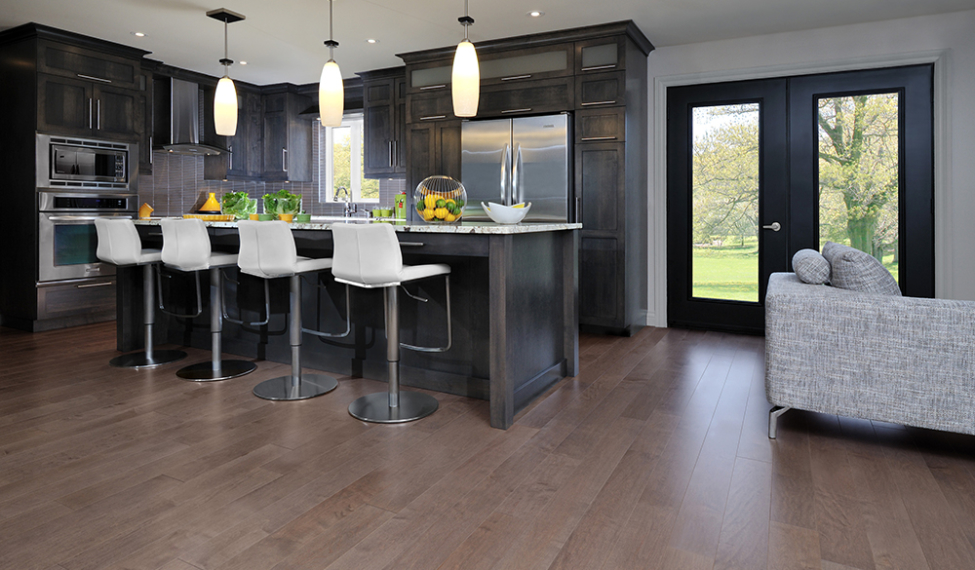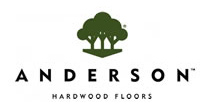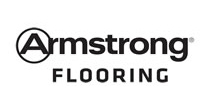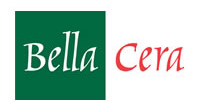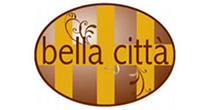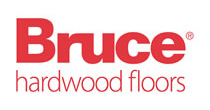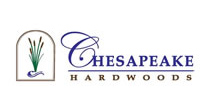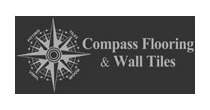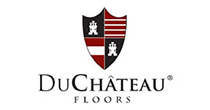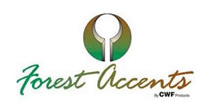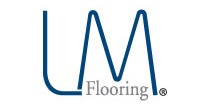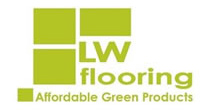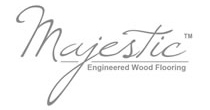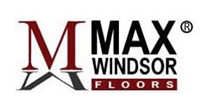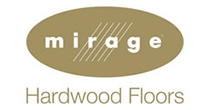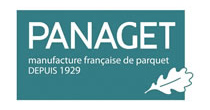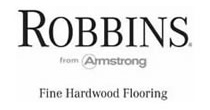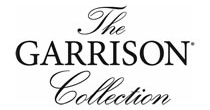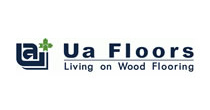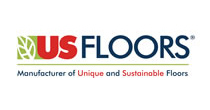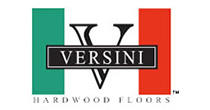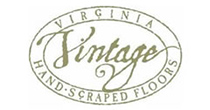Engineered Hardwood
Foundation Flooring includes a plethora of engineered hardwood options, including renowned brands like Anderson, Appalachian, Columbia Flooring, Bruce Hardwood Floors, and many, many more. All this at great prices and unmatched service!
Pros of Engineered Hardwood
Wood flooring constitutes a smart choice for American homeowners because of its numerous advantages:
- Cheaper than most solid hardwoods, but the same great look; the top of the engineered hardwood (1/16" to 1/4") is real wood and the core is manufactured to better suit hot and humid climates.
- It comes pre-finished with a factory grade finish; this means that it's already sanded and sealed so you can walk on it right after installation.
- Variety in terms of installation methods.
- Engineered Hardwood is green; solid hardwood wastes about 4 times more wood.
Cons of Engineered Hardwood
- Limited Sanding to No Sanding; engineered hardwood can be sanded zero to a few times depending on the wear layer whereas solid hardwood can be sanded multiple times.
If you live in a climate that abounds in humidity and the temperatures are often above the average, engineered hardwood flooring constitutes the BEST option for your home.
Another reason why engineered hardwood represents a sound choice stems from the inherent durability of these materials and the longer lifespan. Engineered hardwood is considerably less sensitive to the normal wear and tear as well as warping/cracking caused by the expansion/contraction process.
What is an Engineered Hardwood floor?
Unlike solid wood flooring, engineered floors have two components - the wear layer (top layer) and the bottom layer.
- The bottom layer
It is located underneath and concealed from view. The bottom layer has the role of helping the superior layer contract and expand in a natural manner, in order to limit the aforementioned problems with buckling and warping. Mainly constructed from less expensive materials such as plywood or manufactured wood, the "subflooring" component has a practical function rather than an aesthetic one. - The upper layer
The superior layer integrates both the practicality and visual factors. It can rival the aspect of any hardwood floor in terms of staining, colors and versatility. In addition, the veneer doesn't skimp on resilience.
How is the engineered hardwood flooring installed?
There are a few methods you can employ to install your engineered hardwood floors:
Floating, meaning that you do not "attach" the subfloor to the floor in any way, this is a great option to go directly over top of an approved subfloor and to save costs from removal and disposal of previous floors.
Glue Down, the flooring is directly "glued" to the approved subfloor; also implies selecting the right type of adhesive based on the sub floor conditions
Nailed down or stapled, implies that you will utilize nails or staples to fasten the flooring to the subflooring
How to determine the durability of an engineered hardwood floor
Two main factors are employed in the evaluation of the resilience:
- The thickness of the boards in the upper layer which can vary between 0.6 mm and 4 mm; opting for a higher thickness (4 mm) prolongs the lifespan of the floor and increases the amount of sanding it can withstand
- The Janka scale, determines the inherent hardness of the wood utilized in the flooring based on the species of wood being used
Solid Wood
Foundation Flooring provides our customers with a wide variety of solid hardwood flooring options to suit all your needs and preferences.
Solid hardwood is one of the very few flooring options that will always raise the value of your home. An all-time favorite choice especially in the Northern parts of the United States, hardwood is not only a flooring that will last for decades, but that can also bring warmth and beauty to any room
Pros of hardwood flooring
Homeowners prefer solid wood to other flooring options because hardwood:
- Is easy to clean and maintain
- Is elegant and provides a high-end look to any room
- Increases the value of their homes (great for resale)
- Is available in numerous species, styles, tones, patterns, and finishes
- Provides noise insulation
- Maintains the quality of the air indoors
- Has excellent aesthetic value even when it is worn out
Cons of hardwood flooring
Solid hardwood also has a few minor setbacks, namely:
- Can get scratched, dinged, and dented
- Sensitivity to water seepage
- Maintenance is necessary to prevent termites
What is solid hardwood?
Solid hardwood is milled from a single piece of timber. The timber is air dried or kiln before sawing which forms the hardwood floor. The timber can be cut in three ways, depending on the desired look:
- Flat-sawn
- Quarter-sawn
- Rift-sawn
The timber can either be finished at the factory, or packaged unfinished for a site-finished installation.
Hardwood floors come in several different specifications. Most are manufactured 3/4", but 3/8” is also common for lower budget floors. Solid wood floors may also come with grooves that are cut alongside the back and run the length of each blank. These are called absorption strips and their purpose is to reduce cupping.
Wood Hardness with the Janka Hardness Test
The resistance of solid hardwood is measured with the Janka hardness scale. Janka hardness represents the pounds of force put unto the wood before leaving a dent. Specifically, the Janka rating is tested with a .44” steel ball and measures how much force is needed to leave an indentation. The higher the Janka rating, the harder the wood is.
Common wood types used for solid hardwood floors
More often than not, homeowners associate solid wood with particular types of species, particularly those from which you can obtain ¾ inch thick planks like hickory, maple or oak. The great array of finishes available nowadays allows manufacturers to transform common wood into an exotic-looking version, all at a fraction of the cost. Nonetheless, our customers still mainly prefer traditional types of woods such as:
- Jatoba or commonly known as the Brazilian Cherry
- Amendiom
- American Walnut
- Hickory
- Maple
- Red Oak
- White Oak
- Lapacho or commonly know as Brazilian Walnut
- Santos Mahogany
- Ash
- Merbau
- Pecan
- Sapele
- Cumaru or commonly known as Brazilian Teak
- Sucupira
- Tigerwood
- Wenge
Solid hardwood finish grades
Foundation Floors has an extensive list of options of hardwood finish grades to choose from, including:
- Clear grade
- Exclusive grade
- Select & Better grade
- #1 Common
- #2 Common
- Tavern or Cabin grade
- Antique, traditional, character grades
- Short grades

